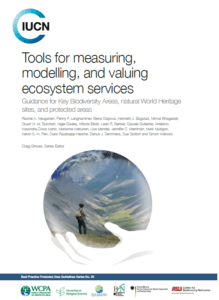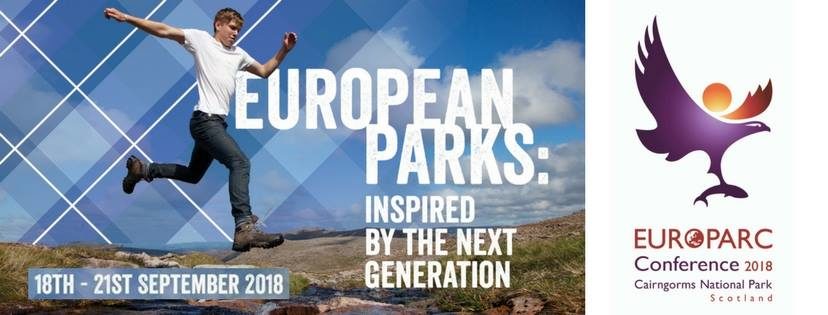Nature is the answer: IUCN’s manual on ecosystem services
IUCN Manual "Tools for measuring, modeling, and valuing ecosystem services: guidance for Key Biodiversity Areas, Natural World Heritage Sites, and Protected Areas", 2018
Guidance for good nature questions
IUCN (the International Union for Conservation of Nature) has recently published the manual “Tools for measuring, modeling, and valuing ecosystem services: guidance for Key Biodiversity Areas, Natural World Heritage Sites, and Protected Areas“.
Over 20 international experts wrote the report focusing on the benefits that nature provides to people and the everyday life global challenges that are in the planet; such as fight the climate change and create a sustainable development. This guidance is provided within a framework of respecting and taking into consideration their underlying biodiversity importance and/or conservation objectives, and indeed, is relevant for site conservation efforts in general.
Nature is connected to all of us
Ecosystem services include
- provisioning services such as firewood, fisheries, and raw materials;
- regulating services such as climate regulation, regulation of water flows, and water purification;
- and cultural services such as recreation, scenic values, spiritual values, or values that are important
for cultural heritage or identity.
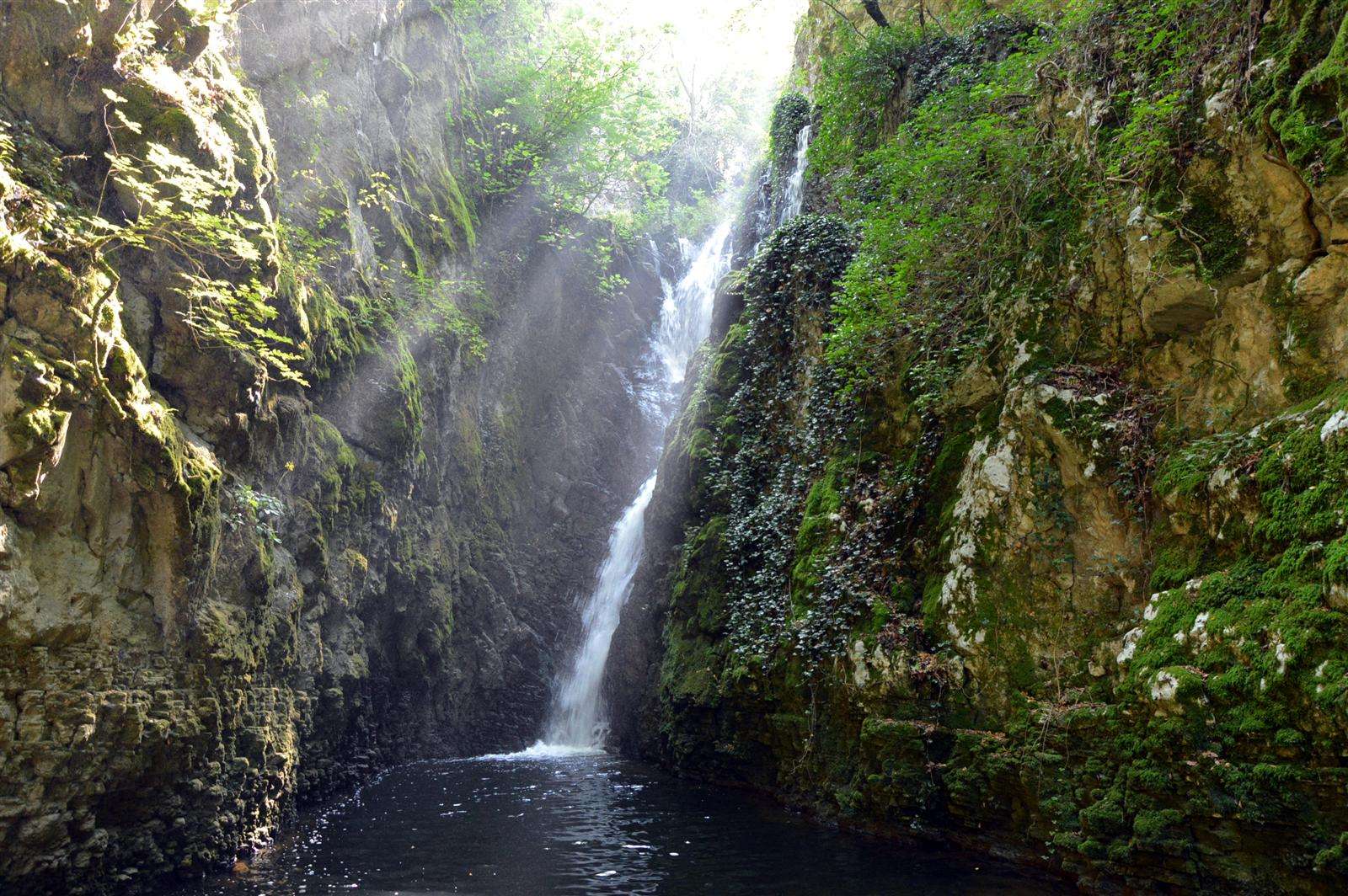
Regional Reserve Callora River (Italy)
Decision free “Decision trees”
Is organised as follows:

Establishing a Marine Protected Area in 3 steps
Ballan Wrasse, Arran Coast - photo by Howard Wood
Marine ecosystems are seriously threatened and the European Commission is calling Member States to better protect their seas. Establishing Marine Protected Areas (MPAs) is a key conservation measure, to safeguard marine ecosystems and species. Who should be involved in the protection of our Seas? Local communities have a role to play? In this article issued by Howard Wood, we bring you an interesting story from Scotland: the creation of the first Scottish community-led Marine Reserve.
A small Scottish island community leads the way to protect and recover our seas
article issued by Howard Wood
Diving for 10 years with my friend Don around the Isle of Arran in the Firth of Clyde (3700 sq. km of sea) we saw with our own eyes a very rapid decline is marine life. For decades overfishing and poor fisheries management have been the norm. Even the 3m/5k offshore protection from bottom towed trawls was removed in 1984, due to industry pressure.
Rays, assorted flat fish, anglerfish, cod and pollack decreased and then disappeared. In 20 years, the commercial fishing industry lost 70% of its jobs in the Clyde area. With so few fish to catch, recreational sea anglers (RSA) gave up. The commercial fishers, encouraged by Government, turned to scraping prawns out of the mud and dredging up scallops from sand and gravel seabeds.
Reports were written and pressure was put on Government by RSA, marine tourism and environmentalists, but all were ignored by Government who viewed the seas as a resource just for the benefit of commercial fishermen. There was no recognised official route to implement a marine reserve but it was clear to us that was what needed to happen if there was to be any recovery. So what were the 3 major steps we took?
Establishing a Marine Protected Area in 3 steps:
1st Step – Engage your community
With my dive buddy Don MacNeish, we researched and understand the heart of the problem was regulatory capture of Government by just one section of the fishing industry (the ones using the most destructive fishing gear).
To save our seas, we needed to “dive” into politics, to meet fishermen leaders and encourage a longer term vision.
It was obvious that no one was going to take much notice of us unless we had the widespread support of our island community. So we founded COAST, The Community of Arran Seabed Trust.

We held public meetings, gave presentations to dozens of local organisations and collected photos of fishermen with huge fish -from just a decade before. We needed to show what was missing. With growing public support, politicians slowly started to help COAST and write letters on our behalf, but still Government officials continued as if our seas were solely for the benefit of the remaining commercial fishermen.
2nd step – Challenge the status quo and find joint solutions
After 3 years, numerous meetings, enquiries by cross party parliamentary committees, government officials, fishing industry leaders and COAST were given 6 months to find an agreed solution. Progress was slow, 6 months became 2 years and even then, fisheries leaders threatened to walk away at the last minute unless the agreed small 2.67 sq. km NoTakeZone was halved in size. We held our ground and on the 20th September 2008, the first UK community led Marine Reserve was designated by the Scottish Parliament.
However, the overriding issue was still unresolved – on whose behalf should our government be managing the sea?
For a small island community organisation, we were fortunate to be meeting senior Government officials and regularly challenged them on just who “owns” Scotland’s seas. After months of officials saying “It’s solely a matter between ourselves and commercial fishermen”
finally the Scottish government accepted that Scotland’s seas were a public asset and a common resource.
Two years later the Scottish parliament passed the Marine Act, which included the set up of a network of Marine Protected Areas. For its first 20 years COAST was run by volunteers, often with no funding. In, 2011, COAST gained funding for its first paid member of staff. Three years later South Arran Marine Protected Area was 100 times larger than the original NoTakeZone and covering 280 sq.km.
3rd Step Monitor and analyse effects
The Scottish government did the initial baseline surveys of the NoTakeZone but since 2010 COAST has raised funds to monitor, working mainly with University of York PhD & MSc researchers. Nearly 30 research papers have been produced. For such a small area the original NoTakeZone, has, over 9 years, rejuvenated scallop and lobster stocks and doubled the biodiversity of the seabed providing nursery areas for fish.
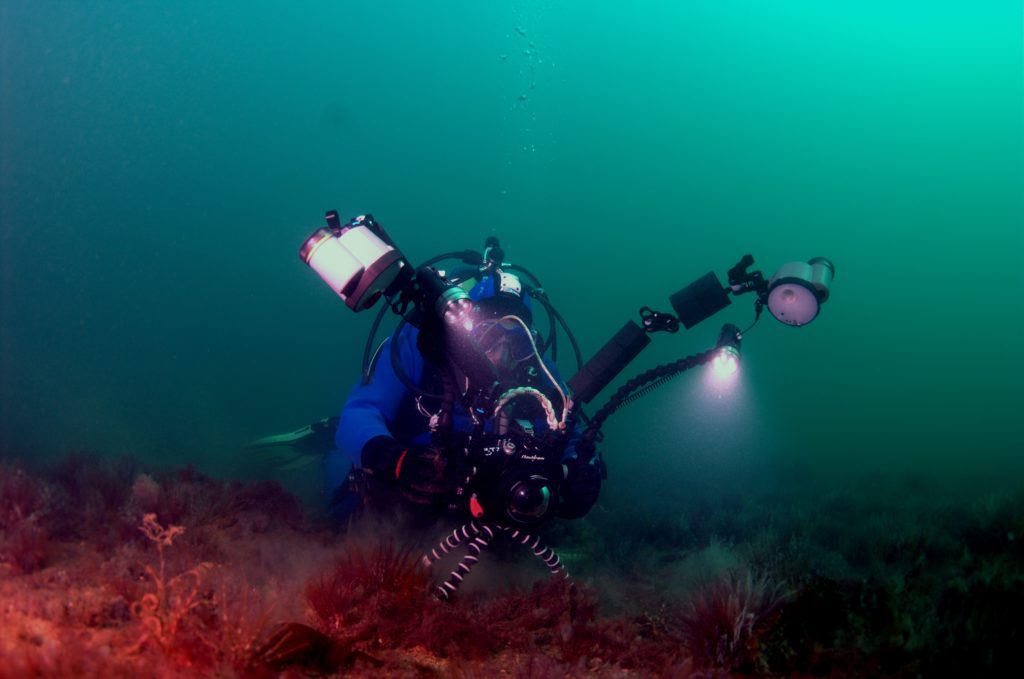
The people of Arran are extremely proud of their Community Marine Reserve and while Marine Scotland have the legal duty to protect the area, they are supported by dozens of local people.
The next step. Share the success
While COAST have been at the forefront over the past 25 years they have now been joined by 9 other marine communities all campaigning and wanting to be involved in the management of THEIR seas. https://www.communitiesforseas.scot/
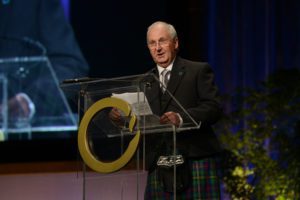
Howard Wood at the Goldman Award Ceremony
Howard Wood is co-founder and chair of COAST (Community of Arran Seabed Trust) and also founder and director of SIFT. His passion for diving around the Isle of Arran in Scotland since 1974 led him to become a marine environmental campaigner. In 2015 he was awarded the Goldman Environmental Prize for Europe and for his services to the marine environment an OBE by Queen Elizabeth II.
Webinar: Parks & Protected Areas as ‘Natural Health Centres’
There is a range of good practice in Europe’s national parks and other Protected Areas in increasing physical activity, improving mental health and addressing health inequalities using green exercise and contact with nature through outdoor recreation, volunteering, learning, sport and active travel.
WEBINAR: Parks & Protected Areas as ‘Natural Health Centres’
- 5th September 2018, 14:30 CEST (Central Europe Summer Time)
- Register here
The EUROPARC Federation, thanks to the work of the Health and Protected Areas Commission, has produced a new toolkit to help its members increase the role of National Parks and other Protected Areas as health-promoting assets. The toolkit Health & Well-being Benefits from Parks & Protected Areas includes the latest studies showcasing a positive correlation between outdoor activities and health improvements, and the most interesting projects implemented throughout Europe.
In this webinar, you will have a glimpse of the Toolkit and hear first-hand about 3 examples of the good practice in supporting health outcomes through connecting people with nature that is developing in National Parks and other Protected Areas across Europe and the USA.
The case study presenters will share with us how Park staff are working with health professionals; how to quantify and measure health benefits; and how to communicate and promote health initiatives in Protected Areas.
The Webinar will be moderated by Pete Rawcliffe from the Scottish Natural Heritage and Council member of EUROPARC Federation. Pete will introduce the EUROPARC Federation Toolkit and highlight how it can help National Parks and other Protected Areas realise their potential as “natural health centres”.
Peter Rawcliffe is Activity Manager with the Scottish Natural Heritage. His activity brings together the people-focused aspects of SNH’s remit – how people experience, enjoy, understand and care for Scotland’s natural heritage. Between 1997 and 2002, he led SNH’s work on the development and implementation of proposals for Scotland’s National Parks. More recently, he has developed SNH’s policy framework on enjoying the outdoors and led the organisation’s growing partnership work with the health sector in Scotland. He is an elected Council Member for the EUROPARC Federation and chairs the health and Protected Areas commission.
Case Study 1
The Healthy Parks Healthy People Approach
By Bob Doyle, East Bay Regional Park District, USA
A case study from the East Bay Regional Park District, San Francisco Bay Area showing how park staff are working with health professionals to provide and promote Healthy Parks Healthy People programmes.
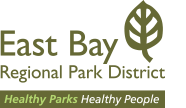
Case Study 2
Health & Well-being in Finnish National Parks: benefits perceived by visitors
By Joel Erkkonen, Parks & Wildlife Finland
A case study from Finland looking at how Parks have developed their role in health promotion through a Healthy Parks Healthy People Programme, and are now collecting data on visitor activity and quantifying the health benefits that are generated.
Joel Erkkonen is Development Manager at Metsähallitus, Parks & Wildlife Finland, Lapland. He is responsible for development projects and innovations, stakeholder activities and international affairs. He is an expert on sustainability and management of recreation and tourism. Joel has worked for Parks & Wildlife Finland since 2000 and has a solid experience about several international and domestic development projects: visitor monitoring, sustainable nature-based tourism, developing visitor centres, service design and customer experience, national park branding, Healthy Parks – Healthy People Finland etc.
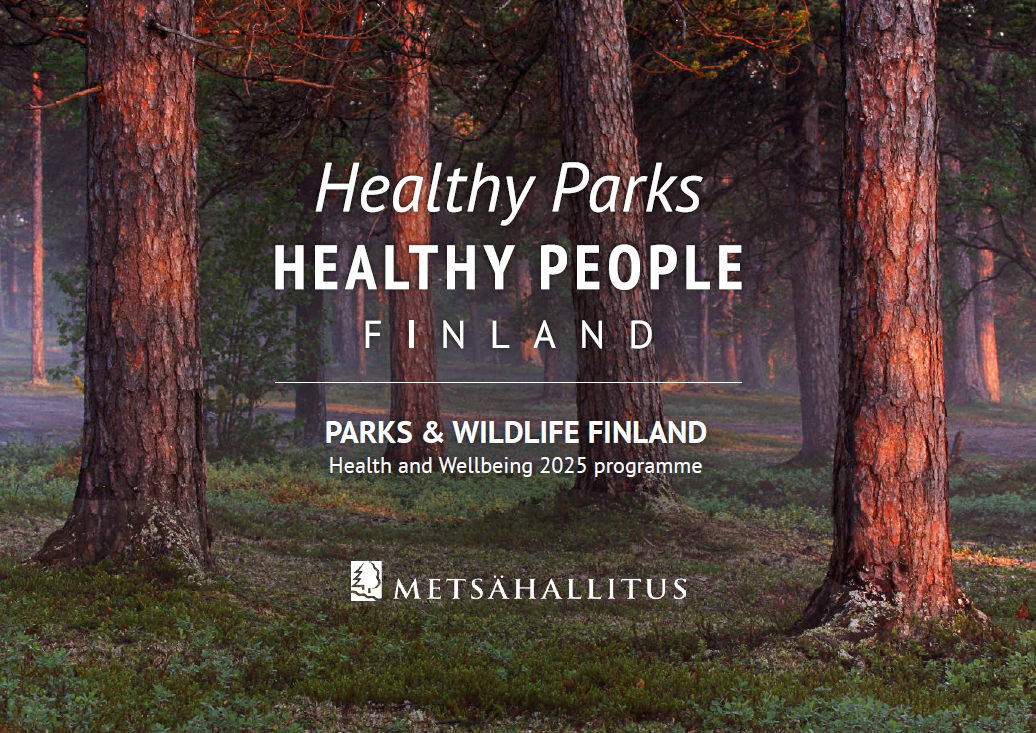
Case Study 3
Local experiences of promoting Health & Well-being in the network of Protected Areas of Barcelona province
By Carles Castell, Provincial Council of Barcelona
A case study from Barcelona looking at how they have developed a range of approaches to promoting health and well-being through strategic planning, site management, communications and outreach programmes.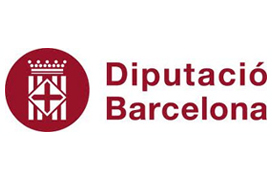
The webinar will be hold in English and have a duration of approximately 1:20 min. After the presentations, each participant will have the chance to direct their questions to the presenters.
Participation is free but registration is necessary – you can register here.
Learn more about EUROPARC webinars and have access to the recording and presentations of the previous webinars.
EU Platform on Coexistence between People & Large Carnivores: latest news
The EU Platform on coexistence between people and large carnivores was established in 2014 and has proved a useful way for stakeholders to exchange information on the EU level and to discuss how different member states deal with large carnivore management.
The latest newsletter of the Platform has just been launched. Today we bring you some highlights of the publication but you can also acces the full version here.
EU Platform work plan: livestock damage prevention
One of the main ongoing conflicts regarding large carnivores is the damage that large carnivores, particularly wolves, can cause to livestock. The EU Platform has a longstanding interest in the topic and has gathered together information on how such measures can be supported through EU funding and how they are implemented in the different member states.
At the Platform’s annual meeting in May this year, the members examined different approaches to supporting the prevention of livestock depredation. Member states use very different approaches with some funding only compensation measures and others putting significant resources into fencing, livestock guarding dogs, shepherding and surveillance systems. While some member states fund these measures entirely through regional or national funding (e.g. the German regions or Estonia), others such as France and many Italian regions, mainly use the European Agricultural Fund for Rural Development (EAFRD). It is clear that whichever funding source is used, advice in implementing such measures and using them in combination to effectively prevent depredation is essential.

Regional platforms on coexistence between people and large carnivores
The EU Platform aims to engage with similar regional groupings which focus on conflict around large carnivore presence in different areas in the EU. Two currently running projects are of interest in this regard.
The pilot project on the establishment of regional platforms on coexistence between people and large carnivores started work in January 2018. The project aims to work together with stakeholders to discuss potential solutions for conflicts around large carnivores in the national, regional or local context. The project is managed by the Instituto di Ecologia Applicata (IEA) supported by a team including facilitators, social scientists and communicators. The aim is not to propose particular solutions but to support the parties affected in discussing the problems and potential solutions together. Platforms are currently being scoped in Romania, Italy and Spain. A second tender to establish further regional platforms is planned later this year.
Recently, a regional platform in Spain, after a long multi-stakeholder engagement process, launched the ‘Declaration of Campo Grande Group‘, a document presents several practical solutions to reduce the conflict between conservationists and farmers.
A second project supported through the LIFE programme, EuroLargeCarnivores, aims to encourage coexistence through transboundary cooperation and knowledge exchange. Several member states and regions will be concerned by the project activities: Spain, France, Italy, Austria, Czech Republic, Germany, Poland, Romania, Croatia, Slovenia, Hungary and Slovakia. The next EU Platform workshop will be co-organised by the project and the Platform.
Workshop at EUROPARC Conference
Fear versus facts: effective communication, a means to improve coexistence with large carnivores in protected areas.
At EUROPARC Conference 2018, we will investigate the importance of effective communication to ensure constructive dialogue and acceptance of large carnivores with communities and stakeholders within protected areas. Using concrete examples and some practical activities, we will consider: Human perception versus large carnivore ethology; Information and awareness-raising versus sensationalism and emotions. The work of the European Platform for Large Carnivores and Human Interaction will be highlighted.
EUROPARC Conference will take place in the Cairngorms National Park, UK, between the 18th – 21st September. Registrations and all information available at www.europarc2018.com
